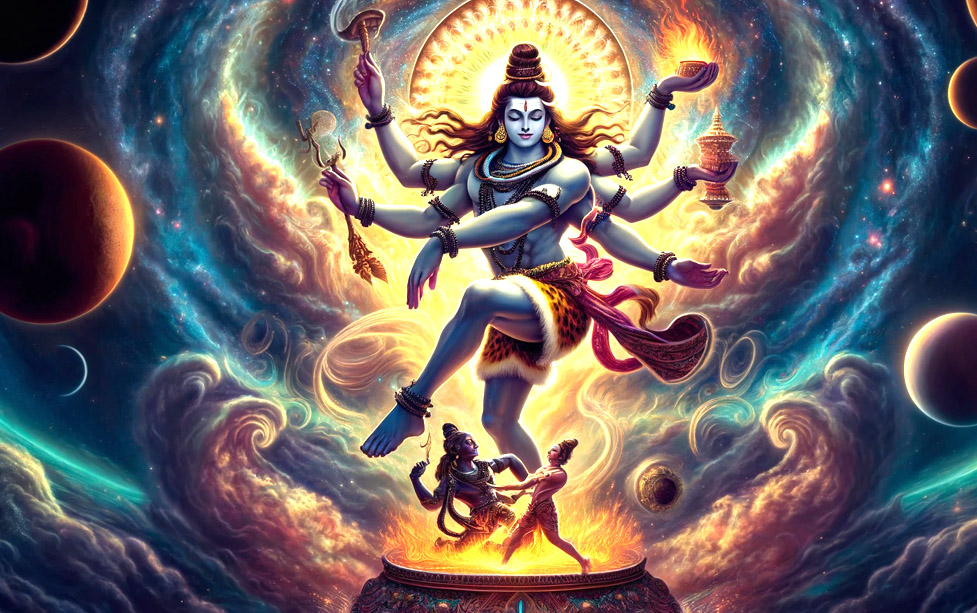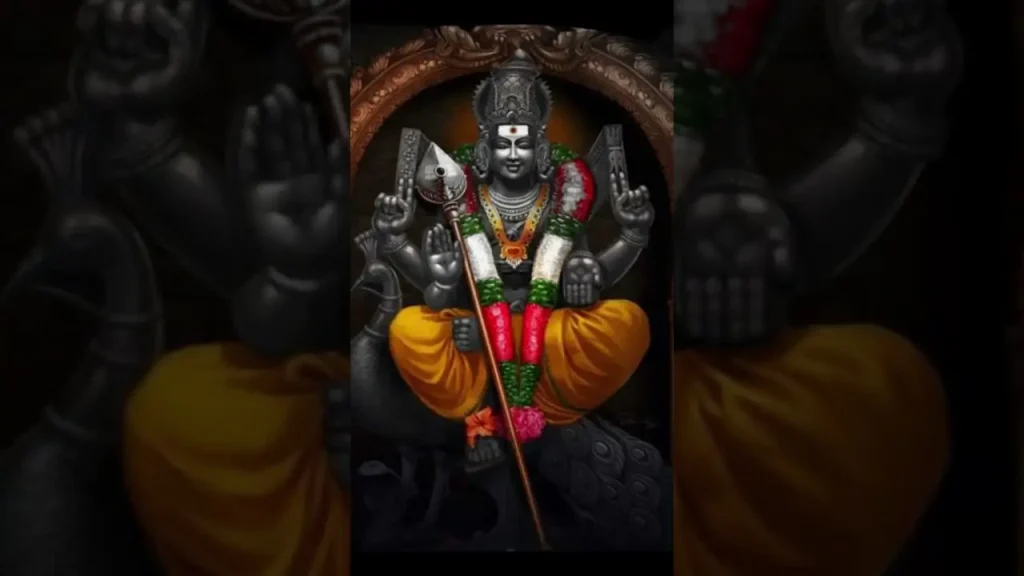Lord Murugan, often depicted as the God of War and the embodiment of wisdom, is not merely a divine figure but a profound philosophy. In traditional Hinduism, he is worshipped as a deity. However, his true essence goes beyond the limitations of any single religion.
He is not born in the traditional sense; instead, Lord Murugan emerges from the third eye of Lord Shiva, symbolizing the higher consciousness and deeper truths that are hidden within us all. Understanding Lord Murugan is, therefore, not just about devotion. It is also about grasping a spiritual philosophy that transcends religious boundaries. This philosophy leads to inner realization rooted in universal spiritual truths.
The Essence of Lord Murugan: A Philosophy, Not a Deity
Lord Murugan represents an idea, an aspect of the divine that exists within everyone. His existence is not defined by the material world. Instead, it is rooted in an elevated consciousness, often depicted as a philosophy rather than a mere being. The weapon he holds, the Vel, is symbolic of wisdom, truth, and the power to overcome ignorance. His two wives, Valli and Deivanai, represent different paths to spiritual wisdom. This shows that the journey to realization can take many forms. Lord Murugan, in essence, is a reminder that we all have the potential to tap into this higher state of being. He inspires us to embody universal spiritual truths.
The Commonality Between Religions: A Universal Truth
The separation between religions has often led to conflict. But a deeper look reveals that many of the world’s spiritual traditions share common threads. In the Atharvaveda, one of the four sacred Vedas of Hinduism, there are references that some interpret as pointing to Muhammad Nabi. He is revered as the prophet of Islam. He is revered as the prophet of Islam. The text speaks of a “great linga” located in Makkah, a city considered holy in Islam. This “linga” represents the formless, omnipresent divine energy, a concept that both Hindus and Muslims revere in different ways.
Moreover, the Vedas mention a figure with a “huge beard” who would spread the word of the divine throughout the world. This description aligns with the role of Muhammad Nabi. It further illustrates that the divine message transcends any single religion or figure. It is the same divine energy, represented in different forms, through which humanity seeks truth, wisdom, and liberation. This demonstrates the existence of universal spiritual truths across faiths.
The Concept of Sivam: Light and the Divine
In both Hinduism and Islam, the divine is often seen as a formless presence. In the Hindu tradition, the term Sivam is used to describe the essence of the divine. It is omnipresent, pure, and transcendent.
The Atharvaveda teaches that this divine essence is everywhere, like a light that illuminates all things. It remains formless and ungraspable. This aligns with the Islamic concept of the formless divine, with an emphasis on the oneness of God (Allah). This concept encourages the worship of a singular, infinite entity rather than any physical representation.

Through these ancient texts, we see that the message of the divine is the same across various traditions. The names and forms may differ, but the ultimate goal is the same: the realization of the divine within oneself and the attainment of spiritual wisdom.
Unity Through Realization: Transcending Differences
At the heart of these spiritual teachings lies a powerful truth: While religions may appear different on the surface, their ultimate purpose is to guide individuals toward a state of higher consciousness. Once a person attains the wisdom to understand the true nature of the divine, they realize that all religions point to the same ultimate truth.
The realization of the divine within oneself, often called Atma Jnana or self-realization, leads to liberation. This liberation is not just a release from the cycle of life and death but an awakening to the eternal presence that resides in all beings. It is when one experiences this inner divinity that the distinctions between religions, beliefs, and identities fade away.
Conclusion: Embracing the Wisdom Within
Lord Murugan, with his wisdom and his Vel, teaches us that the constraints of any one religion do not bind the path to spiritual enlightenment. It is about understanding that the divine is everywhere and in everything. His teachings urge us to seek wisdom, transcend our differences, and ultimately realize the light that exists within us all.
When we understand that the divine is not a distant, separate entity but an inherent part of our being, we move closer to realizing the truth of our existence. This wisdom, when attained, leads to liberation, peace, and the ultimate unity of all beings.

